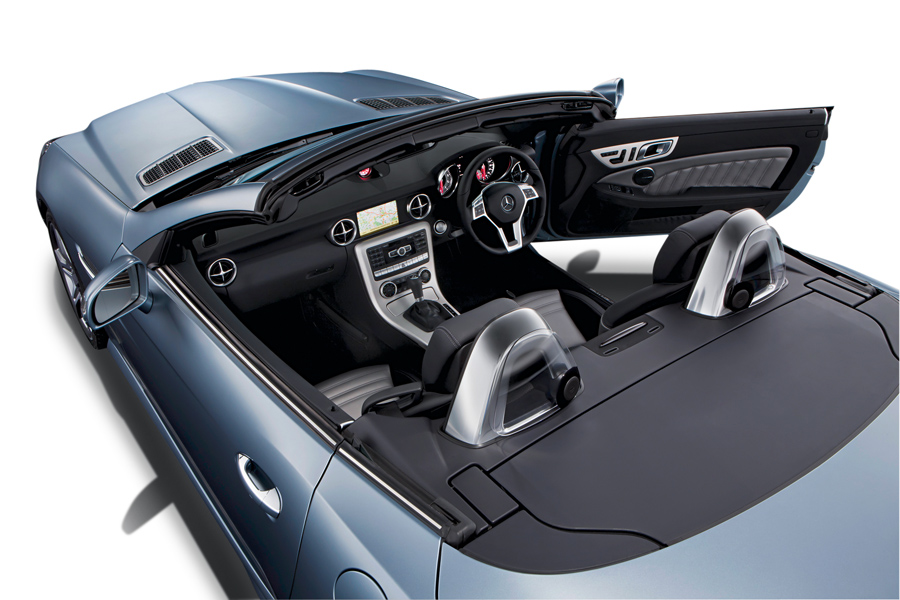In-car tech: ultimate guide to infotainment
Get up to speed with our ultimate guide to the latest in-car technology
With cars rolling out of the factory with high-speed, always-on internet connections, it won't be long before cars are connected to the cloud, just like phones and computers. That means the driver's contacts, email and calendar can all be accessed in-car, and with text-to-speech and voice recognition technology, the car can read your latest emails and messages and replies can be dictated in return.
Owners will be able to browse, download and install any useful apps to customise their experience, too. Drivers will even be able to log all mileages and fuel consumption up in the cloud.
When it's time to do your taxes, you'll have all your travel expense information digitally to hand. In-car kit makes for heavenly tax returns. You weren't expecting that.
Who's ahead of the game with in-car tech?

BMW iDrive
BMW iDrive has evolved into a comprehensive and powerful infotainment system over the years. It's one of the better built-in navigation systems, with high resolution maps and seven-digit postcode support, options for iPods and USB devices, and Bluetooth connectivity.
The lack of touchscreen has drawbacks, but ConnectedDrive makes up for that with the ability to send sat-nav info to the car from Google Maps. The latest addition of 3G dongle support adds high-speed internet access and a Wi-Fi hotspot for passengers to share.

Audi MMI
Sign up for breaking news, reviews, opinion, top tech deals, and more.
The latest version of MMI, as seen in the A7 Sportback, finally provides seven-digit postcode support. There's no touchscreen, but the dial-joystick controller has a touchpad that makes interaction easier.
The integrated 3G connection ensures fast internet access and can overlay 3D environments courtesy of Google Earth, which is impressive, if potentially distracting. Shared internet via a Wi-Fi hotspot will keep passengers happy too. However, there's no way to download new functionality or apps over the air.

Fiat Blue&Me
Fiat's Blue&Me isn't about large colour screens and 3D maps. The basic system doesn't even include navigation. What it provides is a simple but effective infotainment platform that does the basics right. It keeps you connected, works well with smartphones and has all the desirable music playback options, including Bluetooth and USB streaming.
However, the really clever bit is Blue&Me's ability to upgrade the functionality over time. The USB port can be used to install new applications, such as eco:Drive, which helps to monitor and tailor driving habits.

Mercedes Comand Online
Mercedes's COMAND Online adds internet connectivity to the standard COMAND infotainment system. Internet connectivity is provided by a sync'ed smartphone, so connection speeds are handset dependent. It even has a full web browser, though performance is pretty poor. But you also get the ability to send destination details to the car via Google Maps.
The system is pretty comprehensive, with optional local music storage, an SD card slot for music and video playback and Bluetooth. The wheel-joystick interface works as well as competing solutions from BMW and Audi, while the voice control is generally accurate.
Apps and the cloud
Although Blue&Me was the first infotainment system that allowed user-installable apps, the installation process involved physically plugging in a USB key. The iPhone integration feature on the new Mercedes A-Class takes the app-installation theme a step further. But if in-car apps are really going to take off, they need to be as easy to find and install as they are on a smartphone.
We're already halfway there with the implementation of 3G internet connections in the latest infotainment systems, but car manufacturers are still some way off launching stores for their customers. One shortcut to market is to use an operating system that already supports apps and has an infrastructure in place to choose or buy them.
That's what Renault has done by adopting Google Android for its R-Link infotainment solution. However, Renault can't just allow its customers access to the Android Market, as the majority of the existing Android apps aren't suitable for an in-car system. The next challenge for car makers is to encourage developers to produce genuinely useful apps for in-car infotainment systems, while ensuring quality control on compatibility, usability and safety.
We'll find out later this year just how well the idea of in-car Android works when the Renault Zoe, the first model with the R-Link system and a very funky looking and relatively affordable electric vehicle, finally goes on sale.
Technology and cars. Increasingly the twain shall meet. Which is handy, because Jeremy (Twitter) is addicted to both. Long-time tech journalist, former editor of iCar magazine and incumbent car guru for T3 magazine, Jeremy reckons in-car technology is about to go thermonuclear. No, not exploding cars. That would be silly. And dangerous. But rather an explosive period of unprecedented innovation. Enjoy the ride.